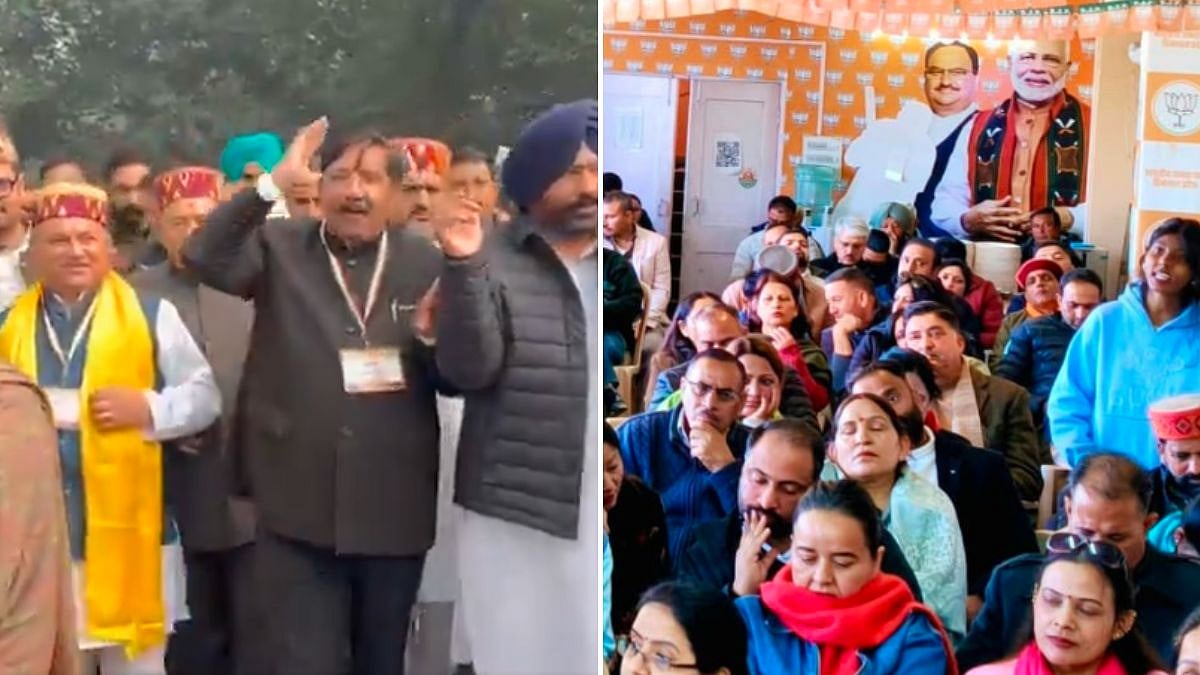Today’s scheduled army-to-army talks on the Line of Actual Control in Ladakh may ease tension locally but is unlikely to restore the lost spirit of Hindi-Chini bhai-bhai. Too many long-term considerations are at stake; too many other countries – the United States, Pakistan, Nepal and Australia – are involved for a quick bilateral solution.
India’s economic weakness is one factor. China’s prosperity is another. At the heart of Chinese moves abroad is the conviction of China’s president, Xi Jinping, that his country, with the world’s second biggest economy, has outgrown the BRICS (Brazil, Russia, India, China and South Africa) formulation and can be bracketed only with the United States. India may feel additionally reinforced after Narendra Modi’s virtual summit on Thursday with Scott Morrison, the Australian prime minister, when seven agreements fleshed out the security partnership.
Although his supporters boast that the Chinese don’t like Mr Modi because he is the only Asian leader who can look China in the eye, his supposedly muscular foreign policy hasn’t won him many friends. Pakistan’s Imran Khan gloated the other day that India is at odds with almost all its neighbours. Ironically, friction is most evident in currently strained ties with the biggest and one of the weakest of them, China and Nepal.
Efforts by Nepal’s prime minister, Khadga Prasad Sharma Oli, to push through a Constitution Amendment Bill causes concern in New Delhi for two reasons. First, it would alter the country’s map to include hundreds of kilometres of what is now Indian territory. Second, it would establish – and demonstrate to other Asians – that Beijing’s view has greater force in Kathmandu than New Delhi’s. Times have changed since Prithvi Narayan Shah, the 18th century founder of the erstwhile kingdom of Nepal, described his country as a yam between two boulders. While the northern boulder, Manchu China, was then in decline, the southern boulder was part of the British Empire, the world’s most formidable power.
Physical problems with China, described in this column on May 16 – to which must be added the stand-off in the Galwan River valley on the border of Ladakh’s Aksai Chin plateau that China seized in the 1950s — would not have seemed so intractable if it had not been for India’s embarrassing economic dependence. China is conscious that India which lags behind in almost every index of development had a GDP of only US$ 2,010 in 2018 against China’s US$ 9,770. At the same time, India’s imports from China grew by 12.89 percent to US$ 76.87 billion that year while the trade deficit widened to US$ 58.04 billion. Although down to US$ 51.68 billion last year, the deficit is still a substantial drain on India’s resources.
This explains attempts to encourage a boycott of Chinese goods and New Delhi’s new policy demanding prior government approval for any Foreign Direct Investment from a neighbouring country, obviously aimed only at China. China has pumped more than $ 4 billion into Indian start-ups and Chinese investors participated in 54 rounds of funding in 2019, twice as many as in 2017. Obviously, Indian entrepreneurs welcome Chinese capital as much as Indian consumers hanker for Chinese plastics, shoes, clothing, electronics and even Chinese-made images of Hindu gods and goddesses.
Mr Modi might decline Donald Trump’s offer of mediation in what the US president calls India’s “raging dispute” with China, but the fact that it was made at all conveys a message that cannot have escaped Beijing. India might still take pride in the non-aligned nations movement, but Thursday’s video conference between Mr Modi and Mr Morrison, who calls the two countries “like-minded democracies and natural strategic partners”, indicates that other options are being considered. The seven agreements they signed supplement a similar pact with the US which is seen as part of a broader security cooperation to balance a China’s increasingly assertive foreign policy.
The wonder is not that Australia and India seem at last to be coming together but that they didn’t do so earlier. The immediate catalyst that unites them is a sense of shared victimhood. Having banned pork imports from India, Beijing has now slapped an 80 percent tariff on Australian barley and suspended imports from four Australian abattoirs. The moves were seen as retaliation for Canberra’s push for an independent international inquiry into the origins and spread of COVID-19.
Although Beijing denies charges of economic retaliation against Australian exporters, who sell more than one-third of their goods to China, and insists the trade measures were in response to quarantine and inspection violations and unfair trade practices, they were preceded by the Chinese ambassador to Canberra, Cheng Jingye, warning of such a boycott. He also mentioned boycotting Australian universities, where Chinese students make up more than one in ten enrolments and at some institutions contribute nearly one-quarter of revenues. Not unexpectedly, this over-dependence on China for trade, tourism and, above all, Chinese students is not popular with many Australians.
Not that India can replace China in Australian policymaking. Its economy is much smaller and was shrinking even before the pandemic. It will deteriorate further as India grapples with the upsurge of COVID-19, rising unemployment, the slump in agriculture, and the failure of manufacturing to take off. Despite Mr Modi’s assertions of “Atma Nirbhar Bharat” (self-reliant India) and his “Make in India” mantra – which create and sustain the myth of a robust policy that projects strength – Indian manufacturing remains shoddy and insecure. China is Australia’s biggest trading partner with two-way trade in the region of US$ 82,400 million. India is in the sixth position with total trade last year of US$ 205 million. Moreover, India’s much-vaunted democracy and cumbersome bureaucracy are unlikely to ever allow Australians to do brisk business here.
Some progress can still be made if New Delhi makes up its mind about where it stands. The Quadrilateral Alliance or Quad security dialogue provides one instance of what might be called India’s “willing to wound, but afraid to strike” (quoting the English poet Alexander Pope) prevarication. Australia and Japan, two other Quad members, are unambiguous US allies. No great harm is done if India does not enter into a military alliance with Washington, but it does not help if India becomes evasive and apologetic whenever Beijing raises the question of the Quad.
But the main drawback is economic. India cannot dream of high strategy while Indians grovel in dire poverty. Barry O’Farrell, a former premier of New South Wales state and now Australian high commissioner in New Delhi, says that no matter how many Indo-Australian agreements are signed, government is ultimately about “improving the lives of citizens and generating jobs”. That means a robust economy, not just pie-in-the-sky dreams about superpower glory.
The writer is the author of several books and a regular media columnist.









